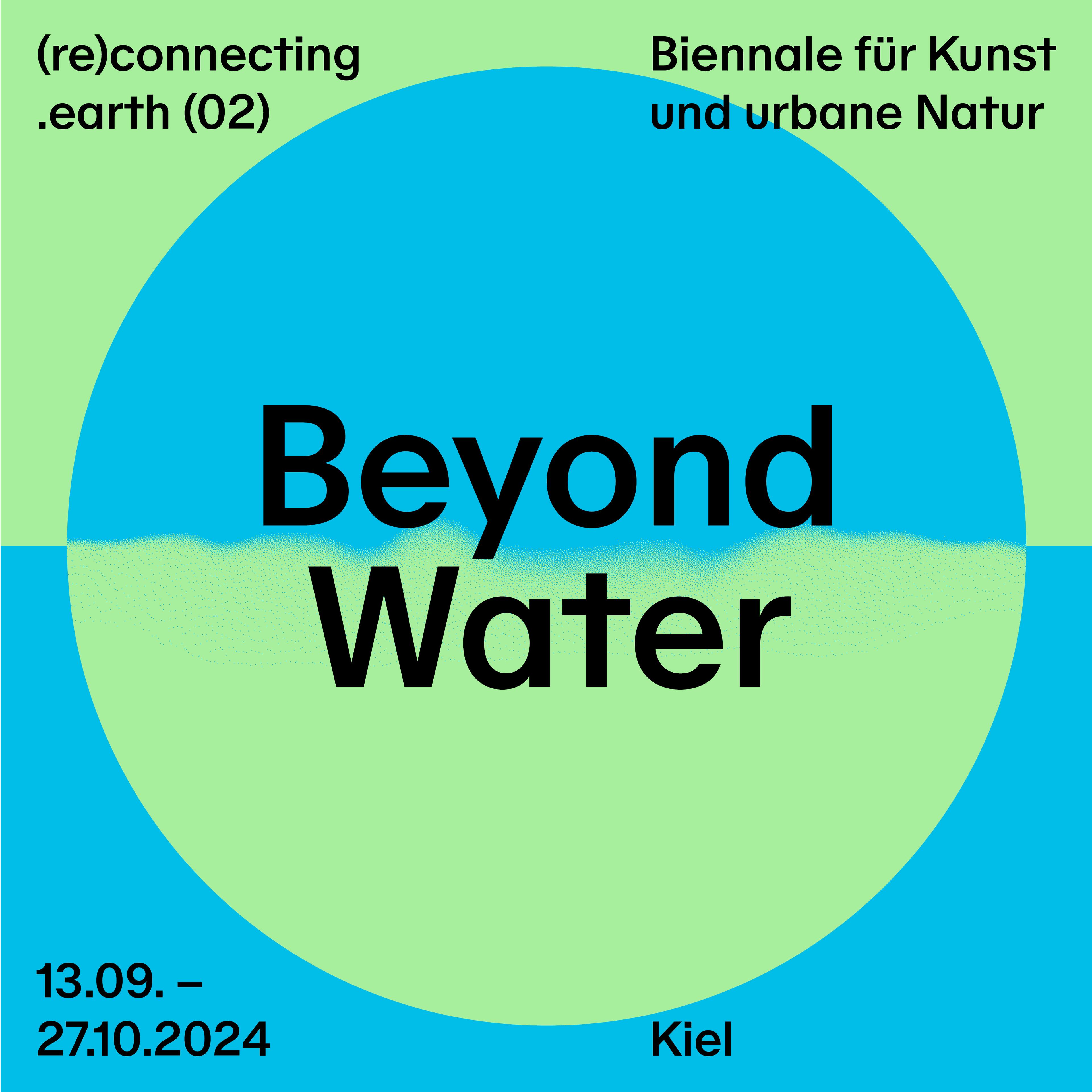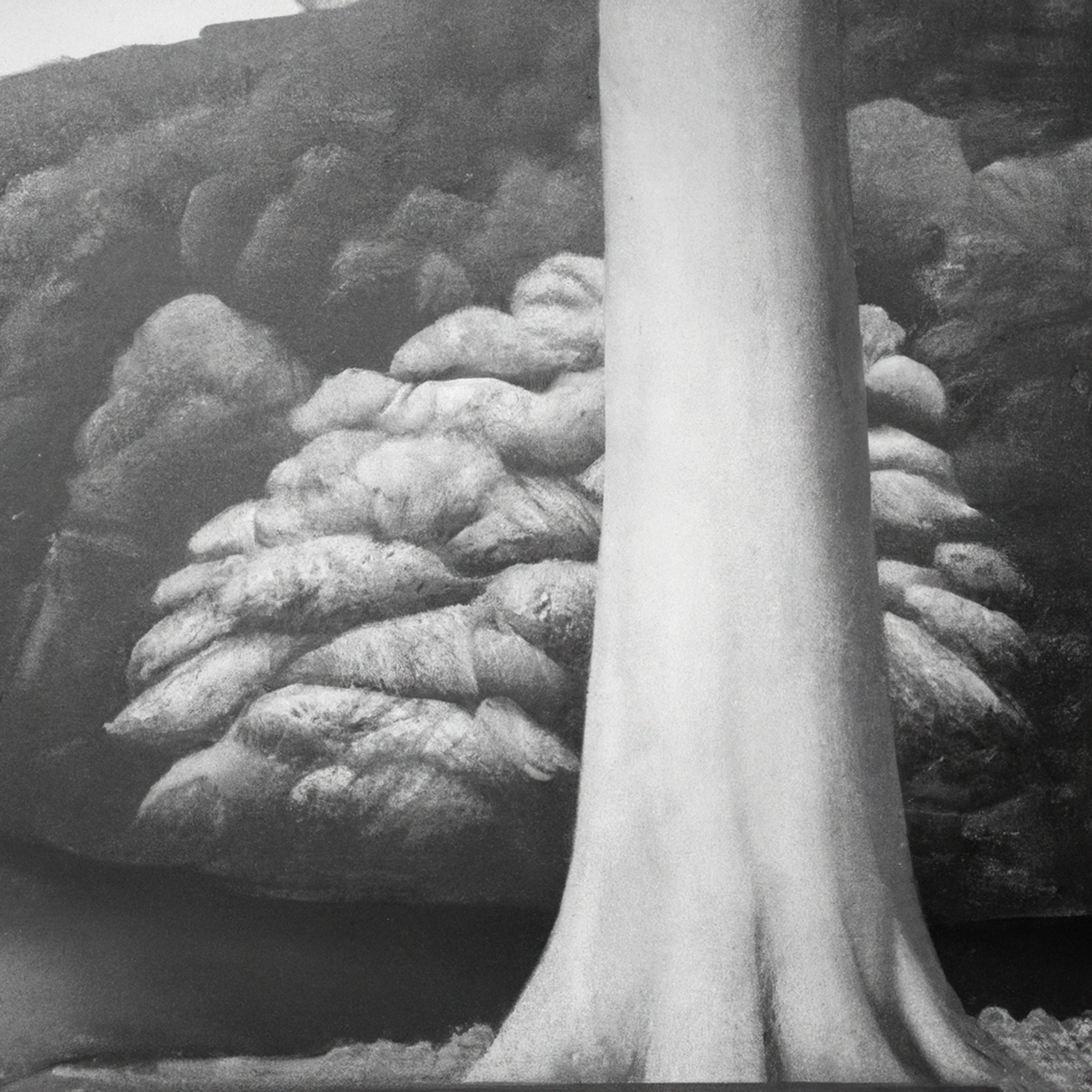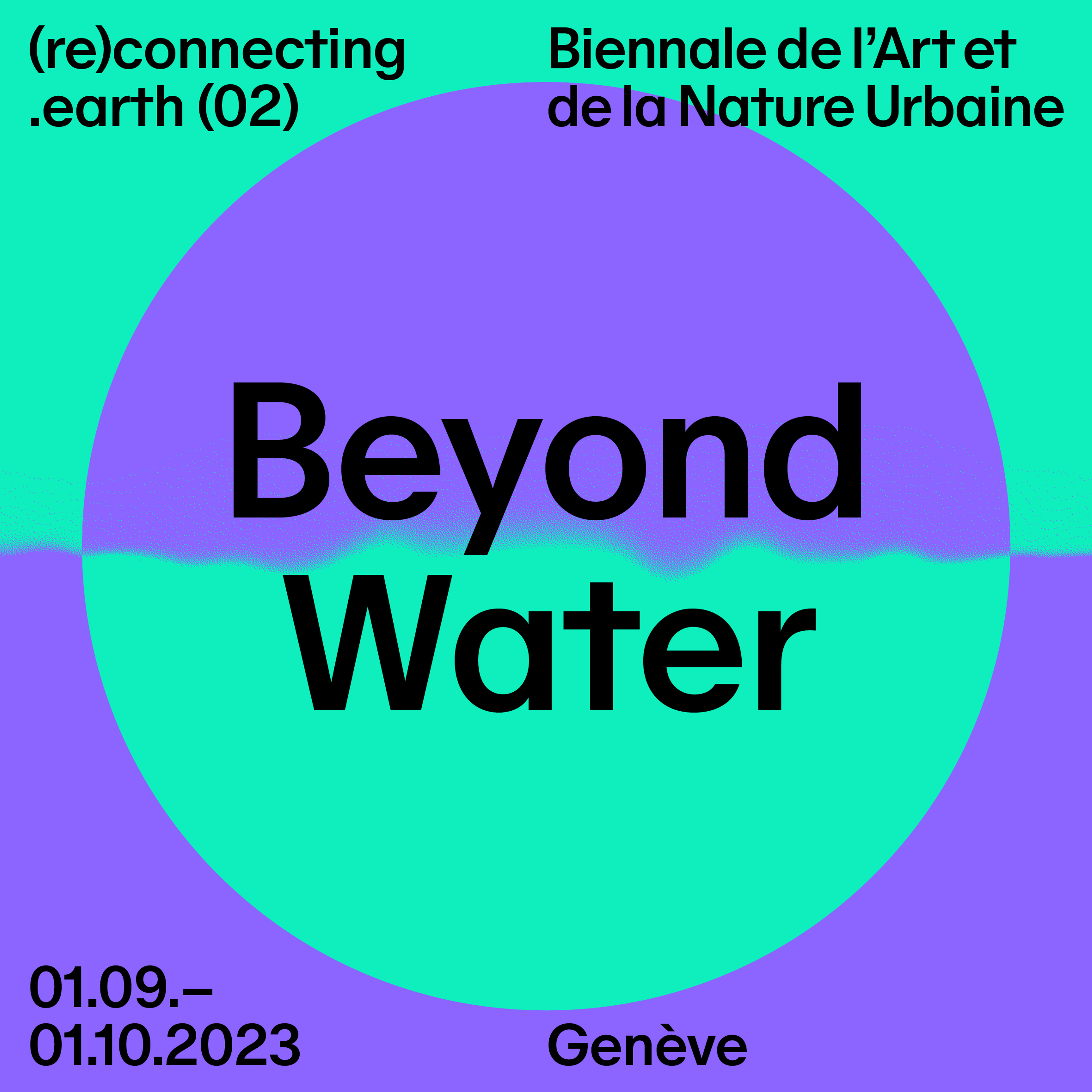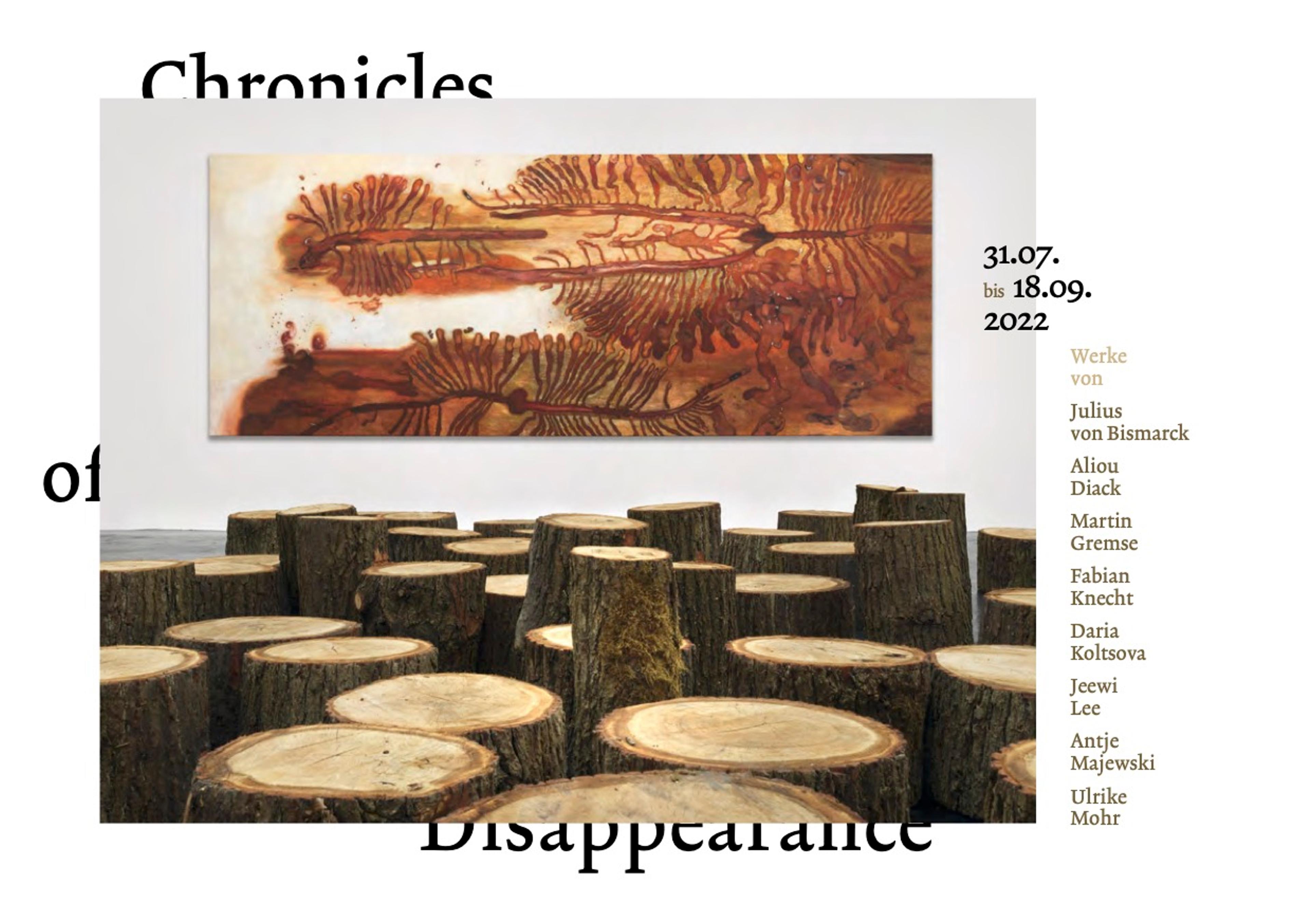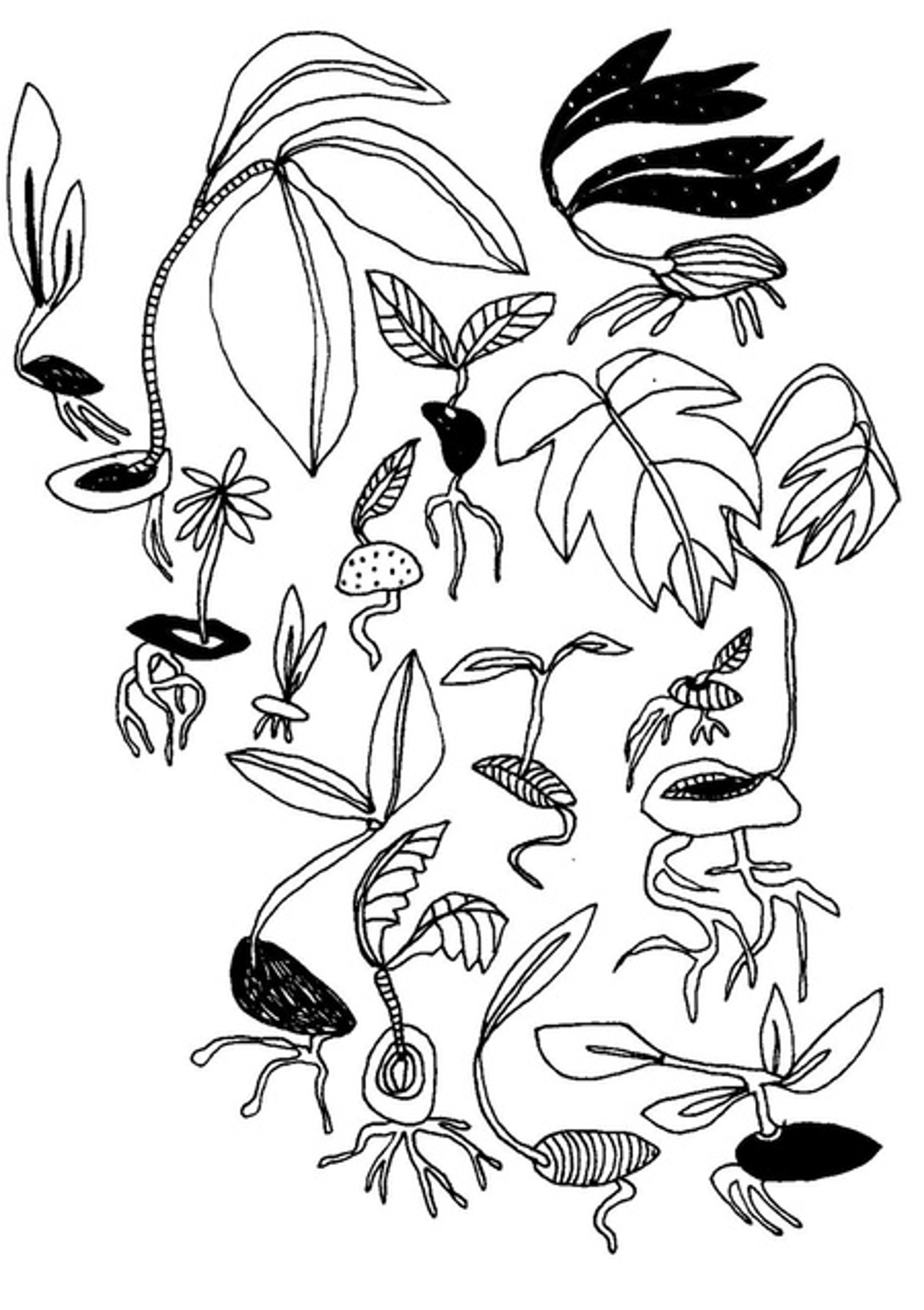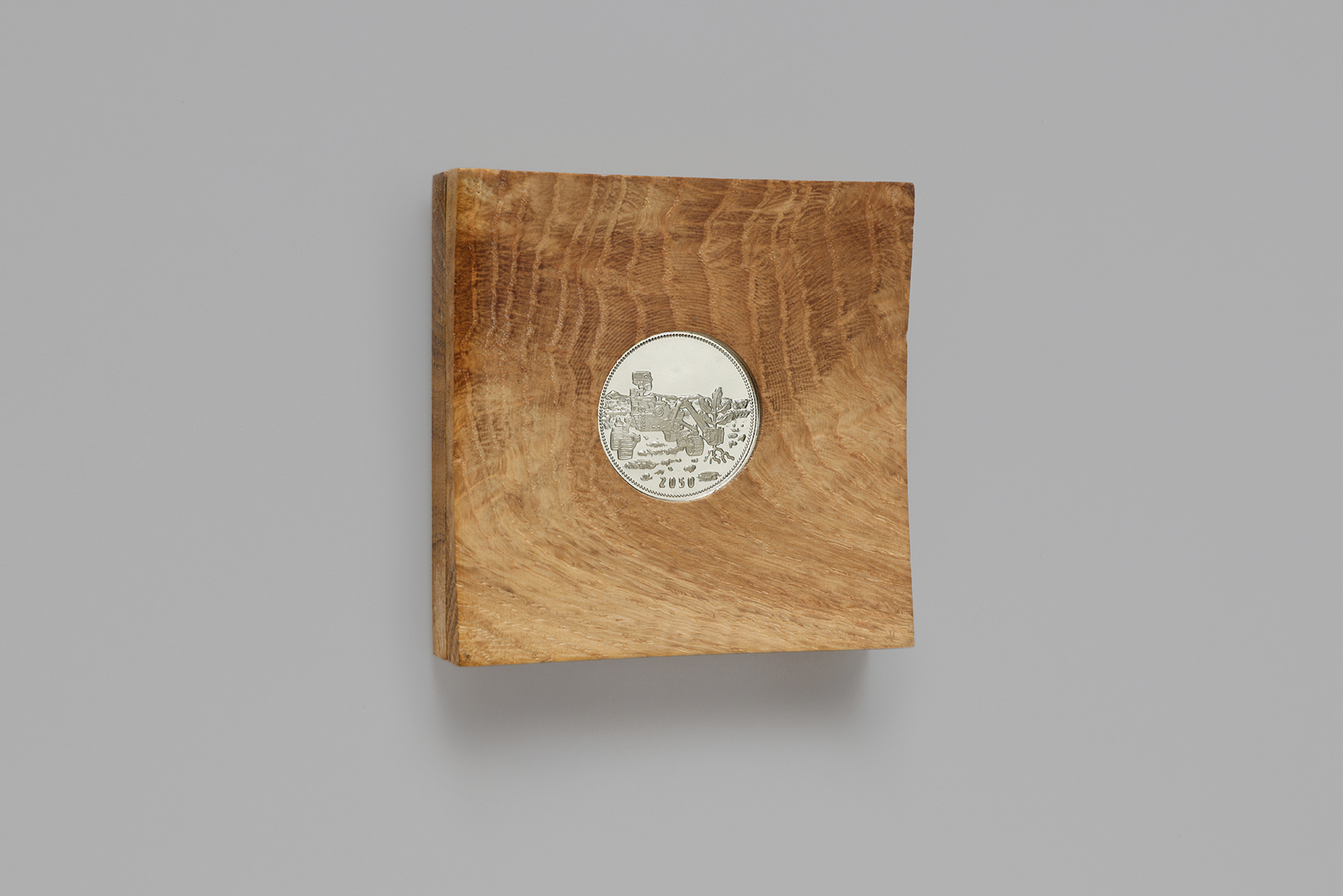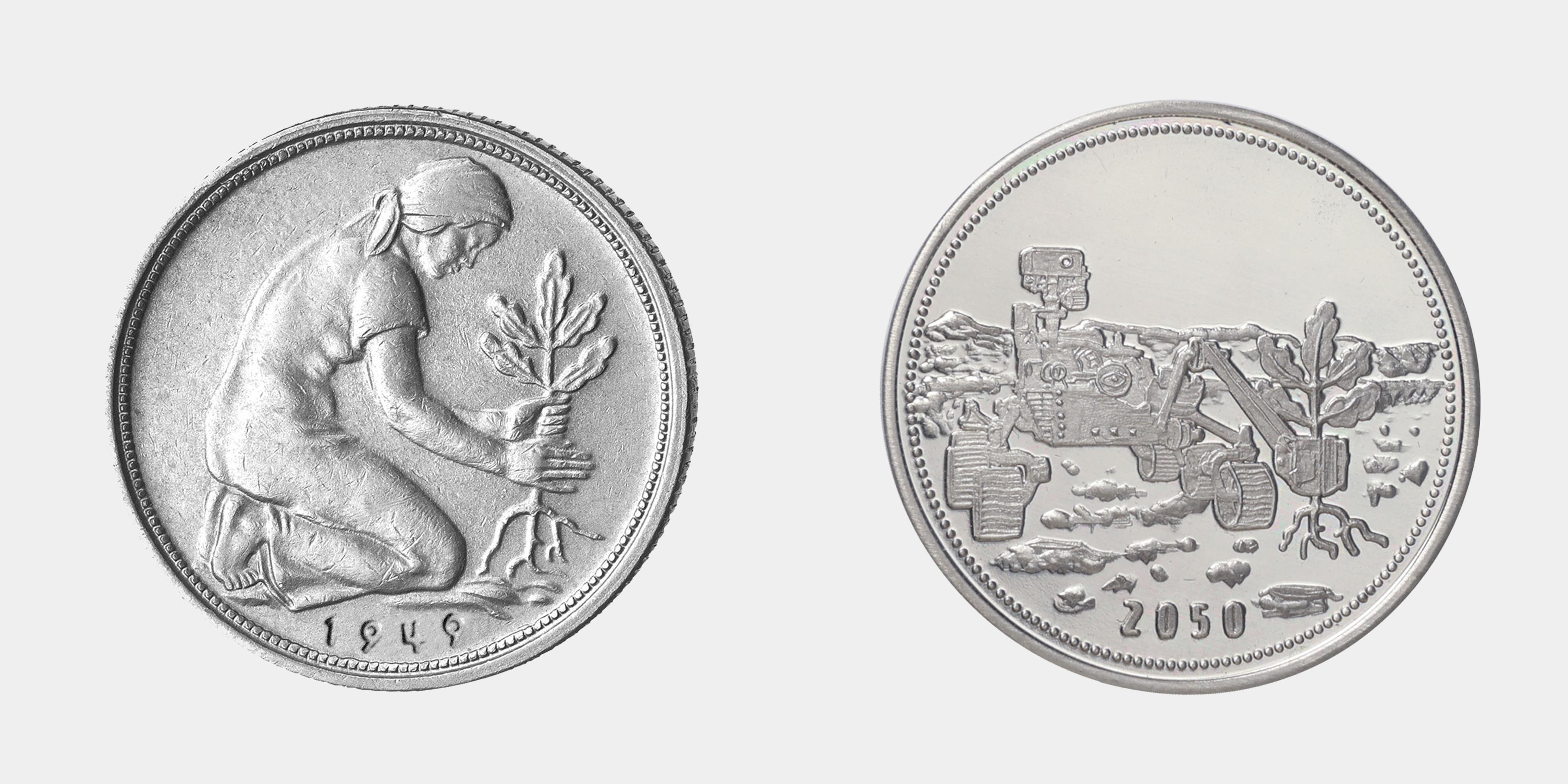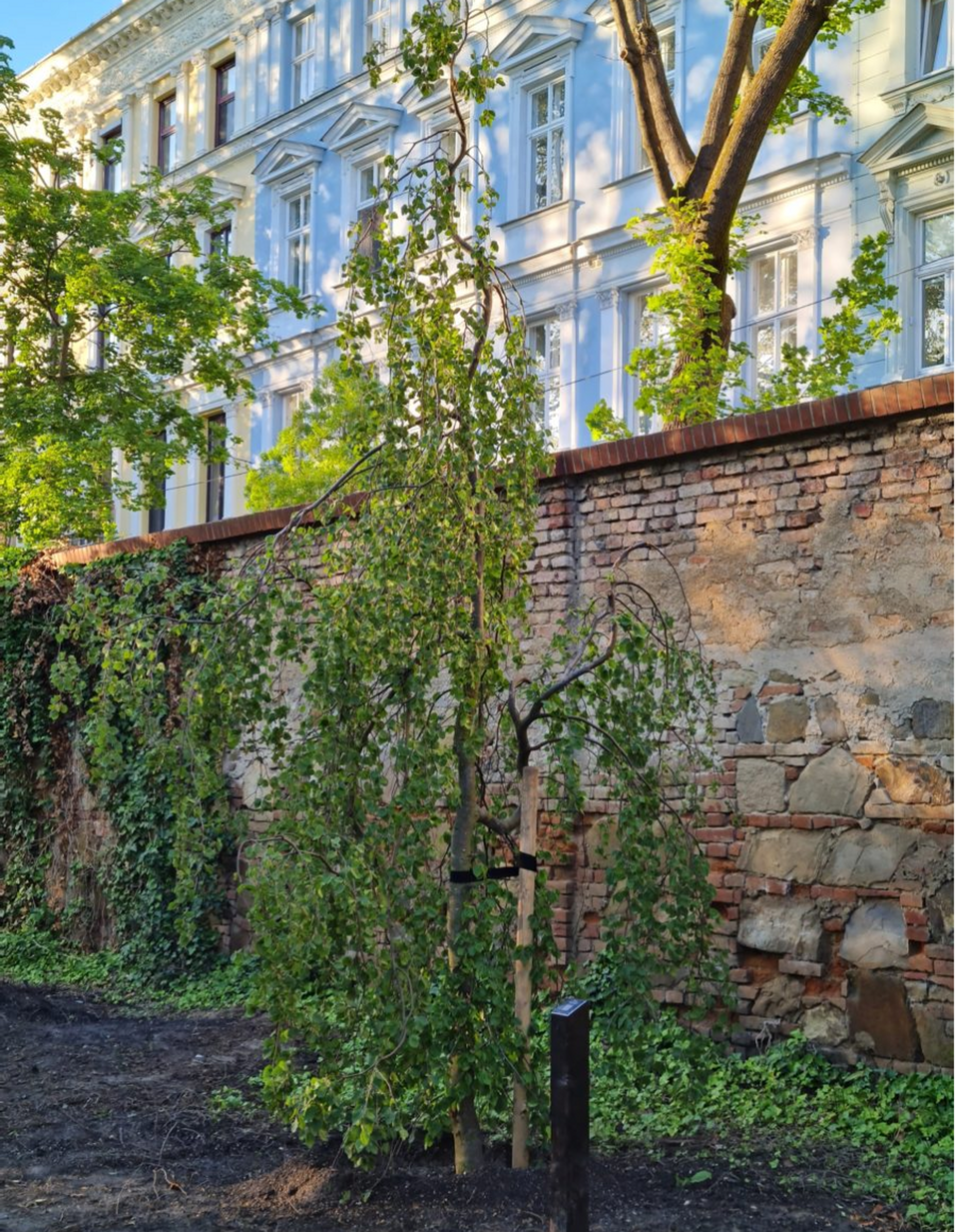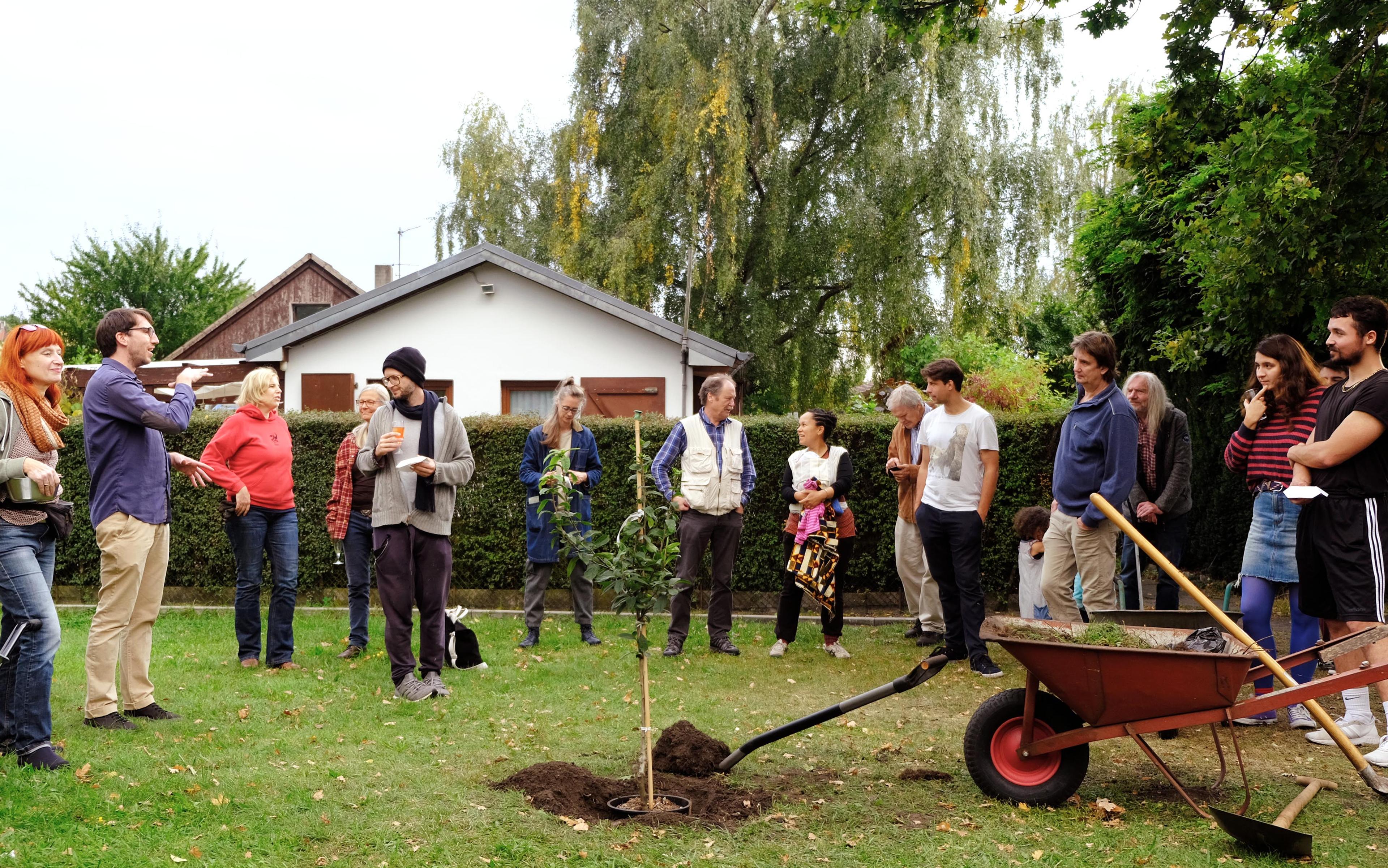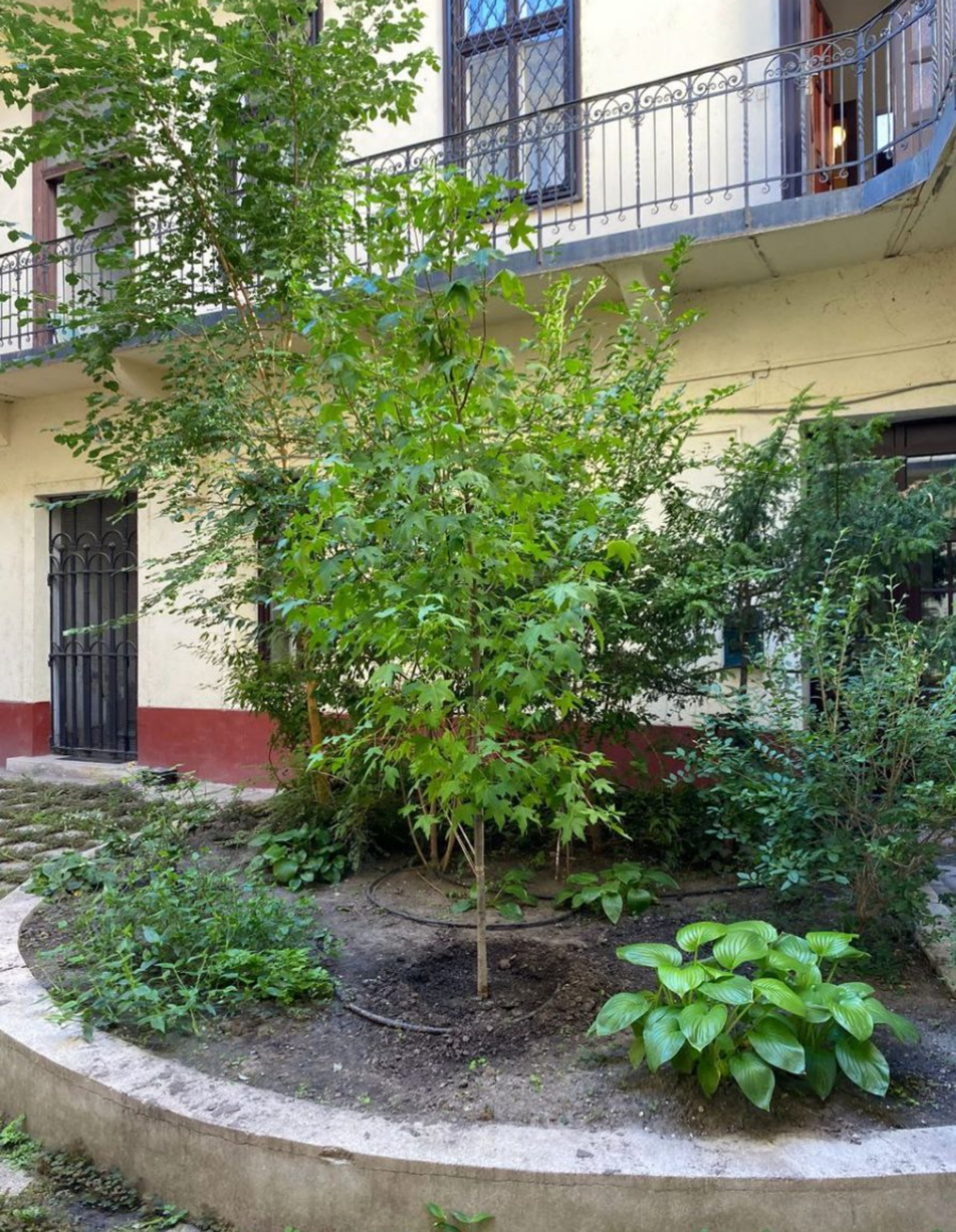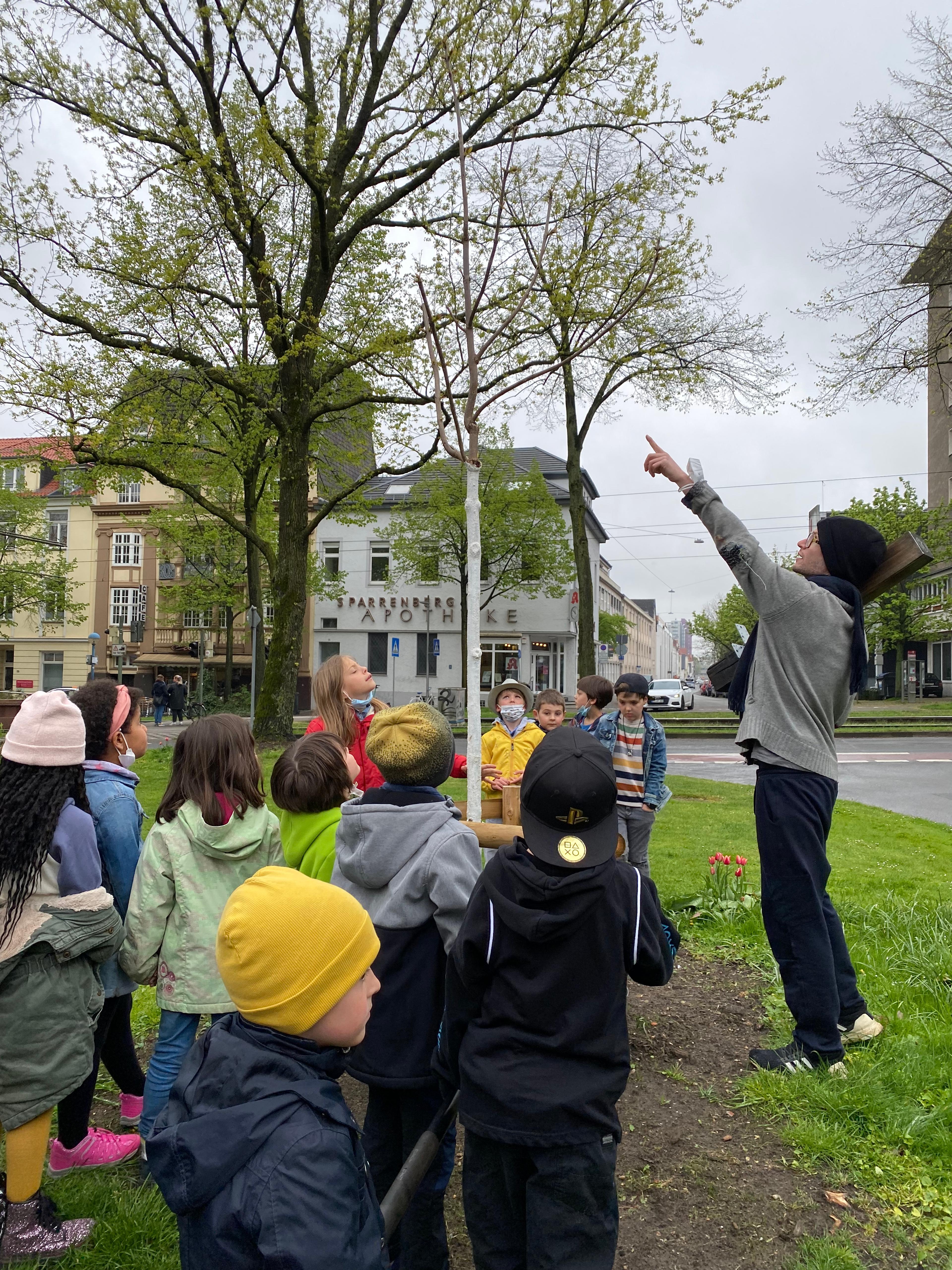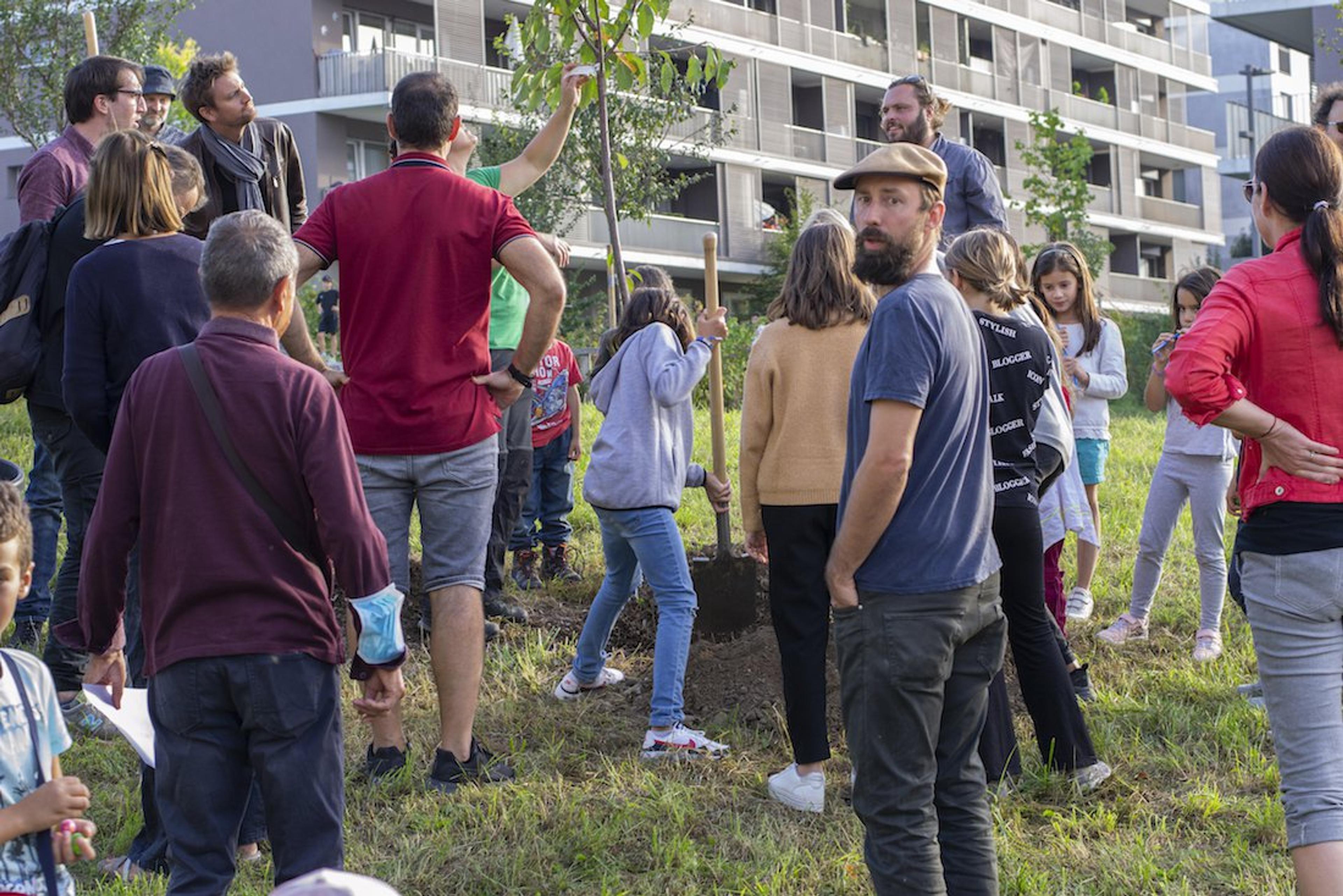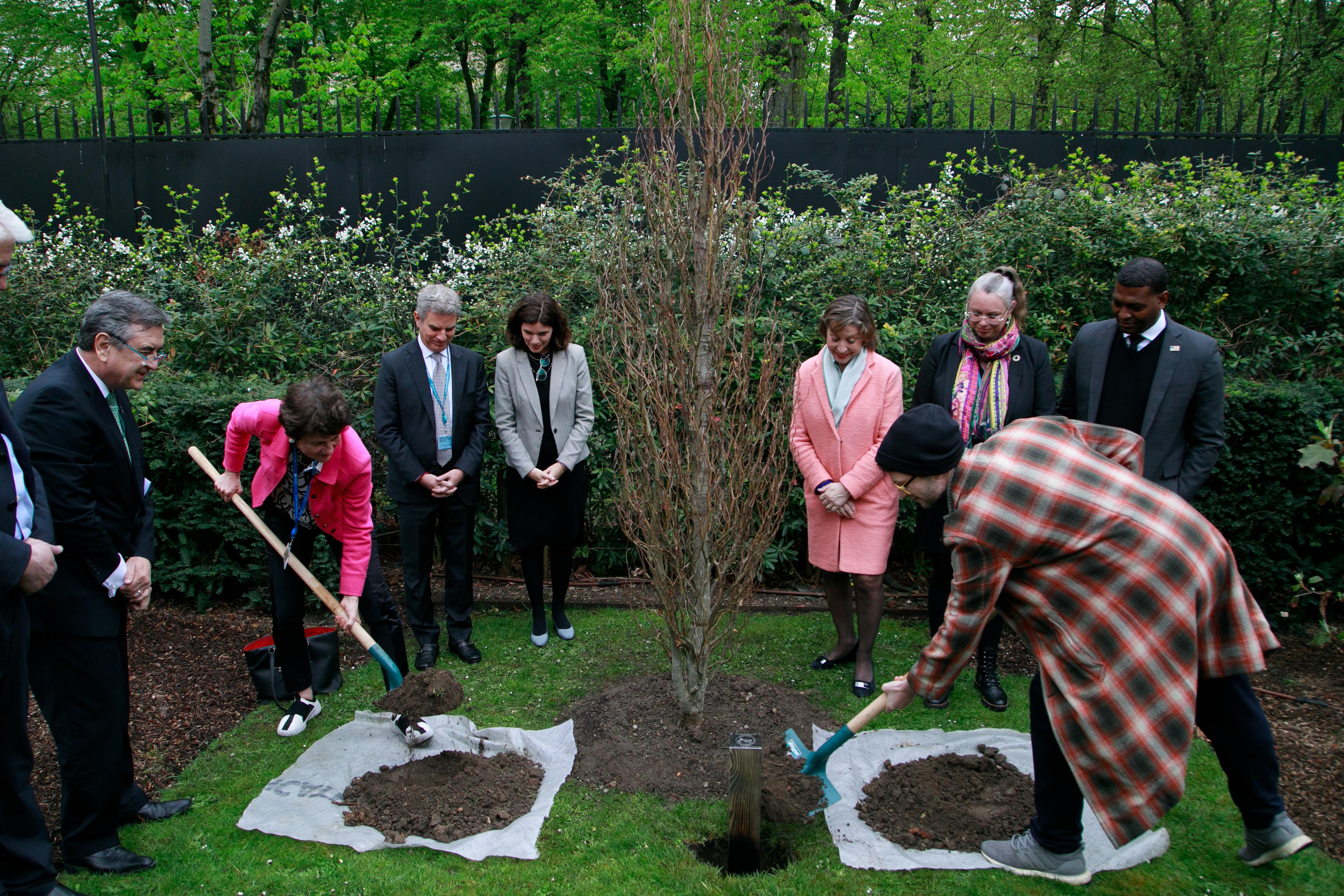NFJT
NON-FUNGIBLE JUNGLE TOKEN
Numbered edition of 999 analog tokens, wooden case with engraved metadata.
Andreas Greiner & Bernard Vienat
About NFJT
The NON-FUNGIBLE JUNGLE TOKEN (NFJT) is a collaboration between the artist Andreas Greiner and the art historian and curator Bernhard Vienat. Selected institutions and organizations acquire a unique token (in the form of a coin) in return for their participation in a tree planting ceremony. The aim of the project is to encourage and advance the planting of trees as an inherently meaningful community act in a time of impending climate catastrophies. At the same time, the project draws attention to the sculptural and agentive qualities of trees themselves, as well as the deep time of regenerative action, with the token marking the time and intention of the planting of the tree—an otherwise ephemeral event.
NFJT = 999 completely analog tokens each held in a wooden enclosure with an engraving marking the time of the planting and other metadata.
Of Tokens and Trees
The design of the token alludes to the 1949 Deutsche Mark 50-penny coin, which depicts a woman planting a tree in the ground to honor ‘Kulturfrauen’; women who planted forests in the Harz Mountains and Lower Saxony after they were cut down to pay the war debt to Britain. Instead of a woman planting a tree, the NFJT features the rover Perseverance, which landed on the surface of Mars in 2020, depicted here tenderly handling an oak sapling.
Karl, NON-FUNGIBLE-JUNGLE-TOKEN_001, 2021
Weeping beech (Fagus sylvatica 'Pendula'), breathing sculpture, donated by Zolten Aczel
Karl has been planted in May 2021 in Vienna’s Augarten on the occasion of the solo exhibition by Andreas Greiner Jungle Memory at Kahan Art Space, in cooperation with the Vienna Biennale for Change 2021 and the Federal Gardens of Vienna. Karl’s planting has been founded by the first edition of NON-FUNGIBLE-JUNGLE-TOKEN.
About Fagus sylvatica 'Pendula': An ornamental, spreading beech with undulating upwardly growing branches. From these, floppy limbs droop down vertically almost touching the ground. It can grow upto 25 m. The soft bark is smooth and grey. The oval leaves are shiny dark green and 4 - 10 cm in size, in autumn they turn to yellow. Inflorescence with small, inconspicuous flower catkins that are followed by 1 - 2 cm large nuts in a bristled capsule. 'Pendula' is a graceful, specimen tree that with age displays an impressive appearance. (source: Van den Berk Nurseries)
NON-FUNGIBLE-JUNGLE-TOKEN_003, 2022
Common medlar (Mespilus germanica), breathing sculpture, donated by Ayano Nishimura & Takafumi Tsukamoto
This tree planting action happened on the occasion the exhibition (re)connecting.earth curated by Bernard Vienet and participated by Andreas Greiner at Kleingarten Habsburger-Gaußstraße in Berlin. With curatorial guided tour, the participants took part in the tree planting action.
About Mespilus germanica: this slow-growing tree native to parts of South Europe and West Asia, showcases unique characteristics. As it matures, its heavy main branches gracefully form a whimsical crown, often wider than its height. During autumn, the tree undergoes a captivating color change from red-brown to golden orange. The brown, hard fruits with large calyx valves are only edible when fully over-ripe, usually after the first frost. Mespilus germanica exhibits deep rooting, tolerates calcareous soils, and displays good hardiness and high heat resistance. (source: Van den Berk Nurseries)
Photo: Meret Fransen
Ignaz, NON-FUNGIBLE-JUNGLE-TOKEN 004, 2021
Sweetgum (Liquidambar styraciflua), breathing sculpture
Ignaz was planted in Budapest on the occasion of the Andreas Greiner's exhibition Jungle Memory at Kahan Art Space traveled from Vienna, Austria to Budapest, Hungary.
About Liquidambar styraciflua: Known for its stunning autumn colors, this tree is a large, slow-growing deciduous tree. It features a pyramidal crown and attractive gray, fissured bark. The glossy mid-green leaves have 5-7 lobes, resembling those of a maple tree. In autumn, they transform into brilliant shades of purple, crimson, and orange. Inconspicuous spring flowers give way to spiky seed capsules. This tree serves as a magnificent specimen in larger gardens and can tolerate urban pollution. (source: future forests)
NON-FUNGIBLE-JUNGLE-TOKEN 006, 2022
Turkey oak tree (Quercus cerris), breathing sculpture, donated by As Far As GmbH
About Quercus cerris: this tree is a large, fast-growing deciduous tree naturally found in southern Europe and Asia Minor. Here, it is usually one of the dominating deciduous tree species in mixed forest stands. The tree’s timber is primarily used for temporary constructions and firewood. The tree is a pioneer species and is able to quickly colonize open areas, making it useful for reforestation, erosion control and soil conservation. It can withstand air pollution, is relatively tolerant to drought and has an attractive appearance; thus, it is often planted as an ornamental in urban areas. Turkey oak is also locally used in traditional medicine and is an ecologically important species as its acorns and young coppice shoots are eaten by numerous animals. (source: Euforgen)
NON-FUNGIBLE-JUNGLE-TOKEN_009, 2022
Catalpa, breathing sculpture, donated by Constantin Schwaab
Along with the duo exhibition From Trees and Forests of Andreas Greiner and Joseph Beuys at Kunsthalle Bielefeld, Germany, Andreas Greiner held an art workshop at a local school with children and teachers. With art workshop in the theme of forests and trees, the children participated in tree planting together with the artist.
About Catalpa: It is a medium-sized tree native to the southeastern United States. It boasts a wide, spreading, round-headed crown with low branches and a relatively short trunk. This rapid-growing tree can reach a width of upto 10 meters. The bark is gray-brown and shallowly fissured, peeling in plates. Its heart-shaped leaves emerge late in spring and turn yellow in autumn. Fragrant white tubular flowers bloom in erect conical clusters, and the persistent capsules add interest in winter. Catalpa has shallow, fleshy roots and requires ample space to thrive. (source: Van der Berk Nurseries)
NON-FUNGIBLE-JUNGLE-TOKEN_010, 2021
Cherry (Prunus avium), breathing sculpture, donated by Bernard Vienat
This tree planting action happened in the frame of the exhibition (re)connecting.earth curated by Bernard Vienet at Les Vergers, Geneva.
About Prunus avium: this tree is a medium-sized, fast-growing deciduous tree. The tree’s natural range includes western Eurasia and some areas in northern Africa. The wood is straight, easy to work with, and has a reddish-brown colour, making it attractive for use in producing furniture, decorative joinery, cabinetry, veneer and musical instruments. The tree’s bark is characteristically shiny, with large lenticels and peels. It is one of the first trees to flower in the spring and produces masses of white blossoms, making it valuable as an ornamental. The fruit has been a source of food for humans for thousands of years and is also beneficial to several bird and insect species. (source: Euforgen)
Photo: Meret Fransen
Undine, NON-FUNGIBLE-JUNGLE-TOKEN 022, 2023
European pear tree (Pyrus communis), breathing sculpture, donated by Gustaf Georg Kirchner
About Pyrus communis: this is a tree reaching 10m in height. It has white flowers in spring which are followed by small globular fruit that are hard and sharp to taste. They become sweeter when ripe. It is distinguished from the cultivated forms by the almost round leaves and the thorny twigs. It can form a dense thorny hedge. It is not known exactly where it originatesas it is a complex species partly hybrid due to natural back crossing between wild trees and pears cultivated for production. It has certainly been present in Europe for thousands of years as it was cultivated by the ancient Greeks and referred to by Homer in his epic poem, the Odyssey. (source: Chew Valley Trees)
NON-FUNGIBLE-JUNGLE-TOKEN_038, 2022
European beech tree (Fagus silvatica), breathing sculpture
This tree was planted along with the exhibition Landscapes of Memory at OECD, Paris, where Andreas Greiner took part. Landscapes of Memory was organised by the German Federal Ministry for the Environment on the occasion of the OECD Environment Ministers' Meeting. During the period of the meeting, the artist held a tree planting action with the federal ministers in the garden of OECD conference center.
Photo: Herve Cortinat, © OECD
Funding a Tree Planting
The price of the NFJT is determined together with the donor institution or benefactor, considering factors such as the carbon footprint and rate of deforestation of the region, as well as historical and present geopolitical and economic differences between regions.
Donations to support the activities of art4biodiversity can be made to the below account. A donation receipt will be issued.
art4biodiversity gUG
Intended purpose: NFJT
Bank: GLS Bank
BIC: GENODEM1GLS
IBAN: DE05 4306 0967 1283 7190 01
Map of the Planted NFJT Trees
Request a Token
Sign up to our Newsletter
